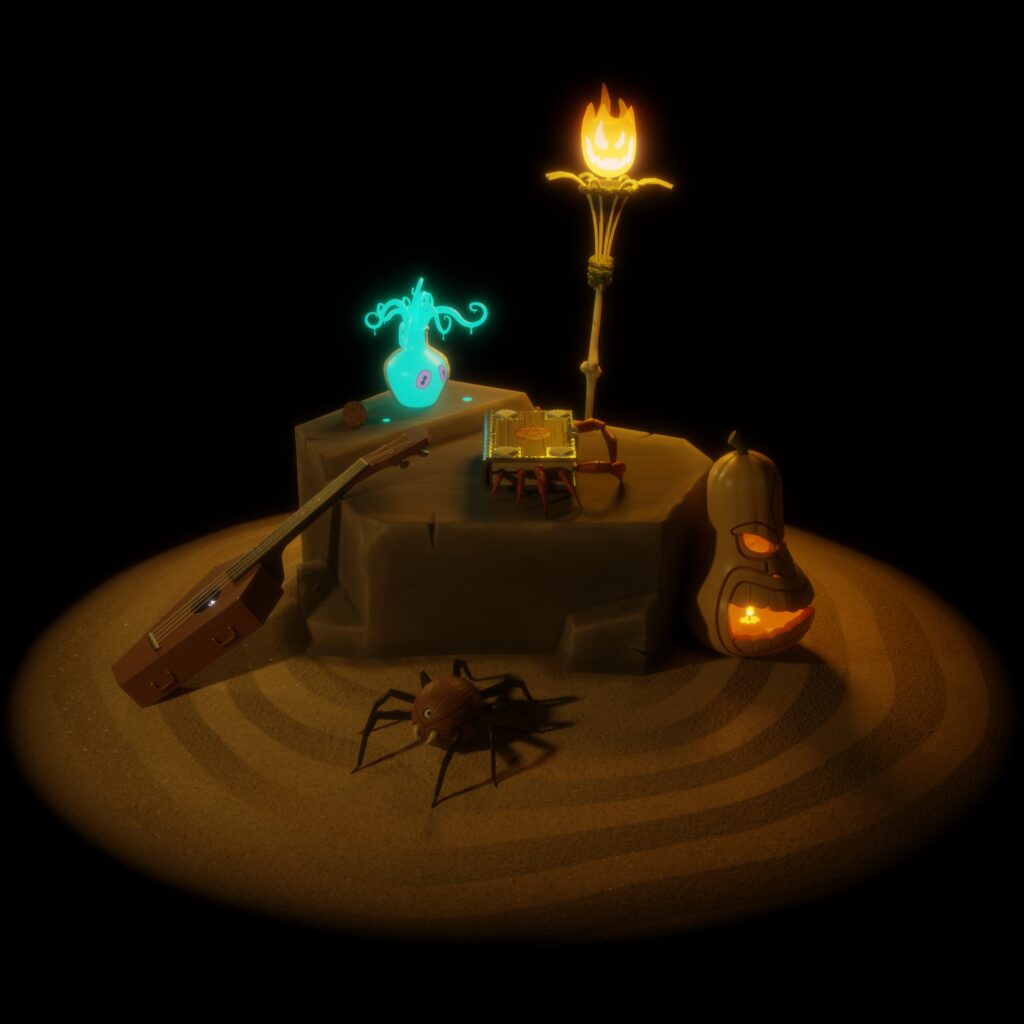
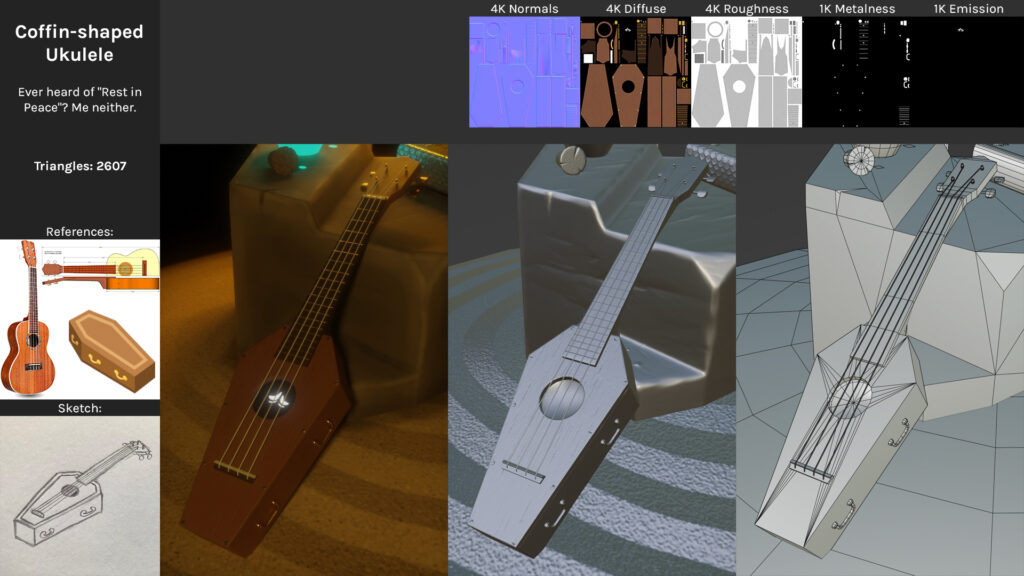
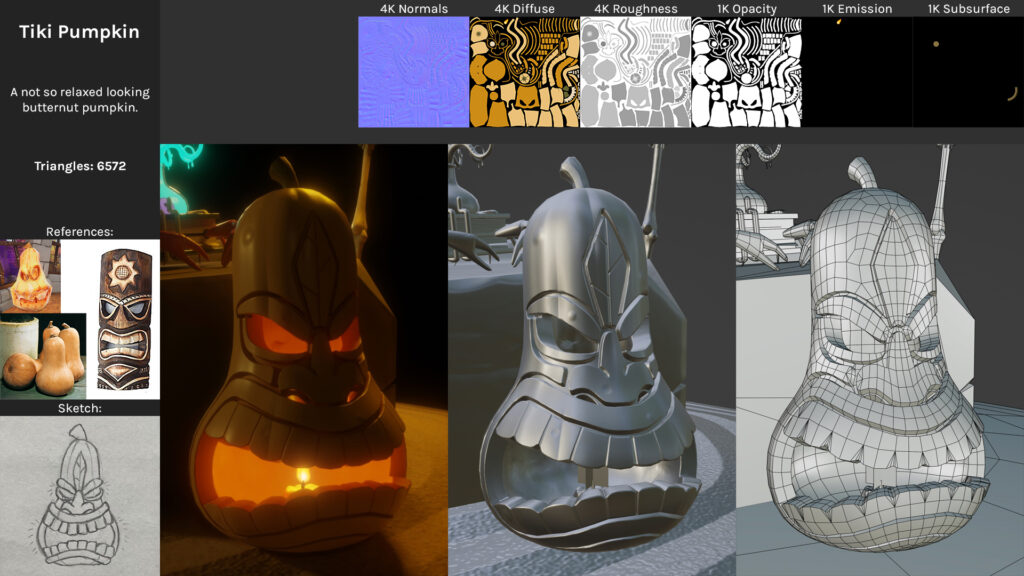
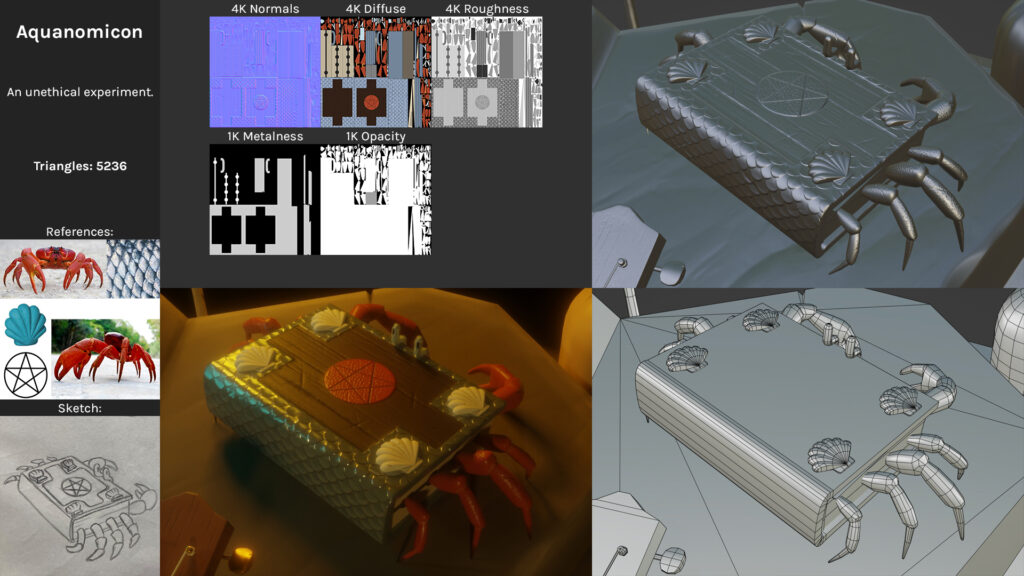
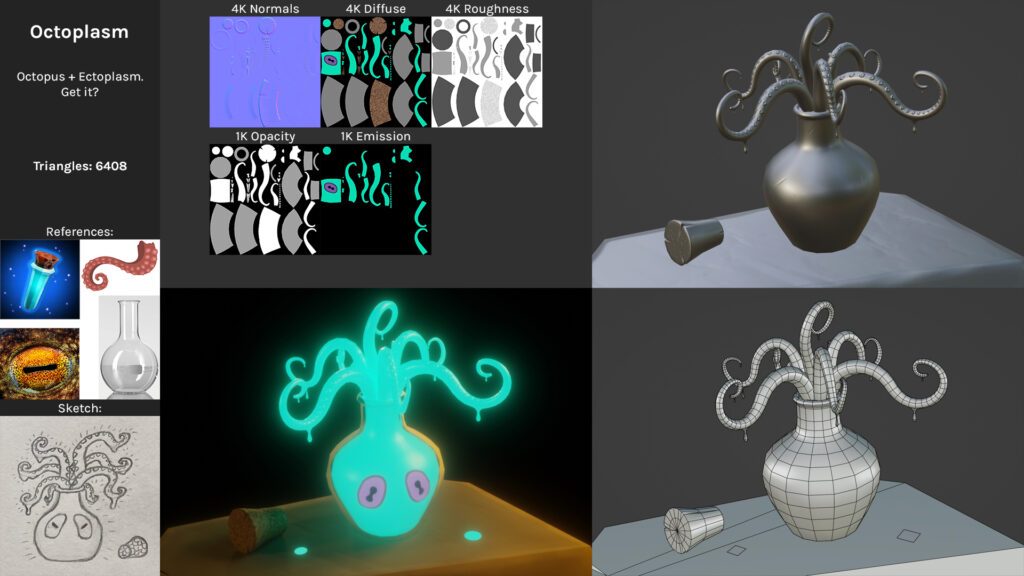
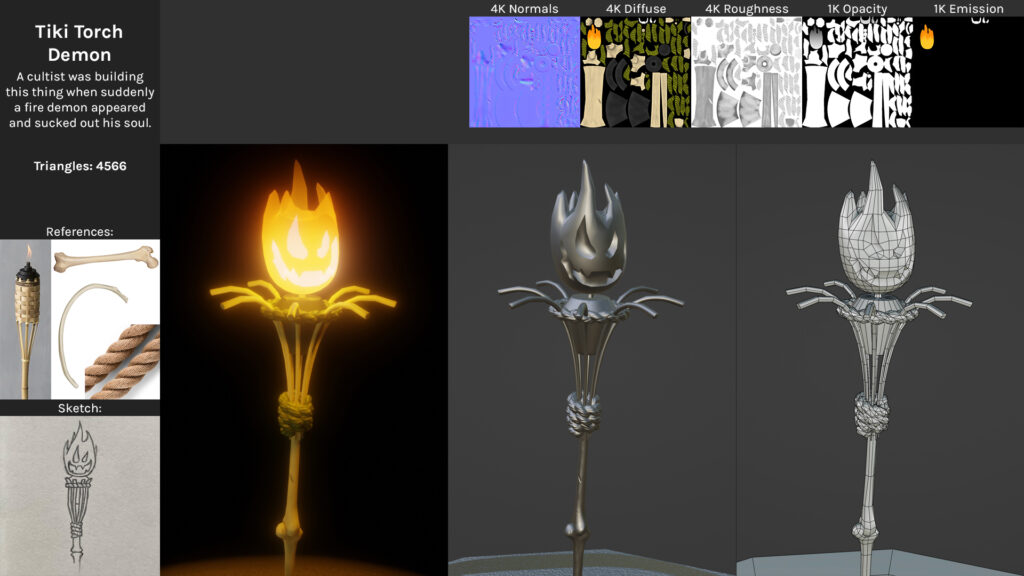
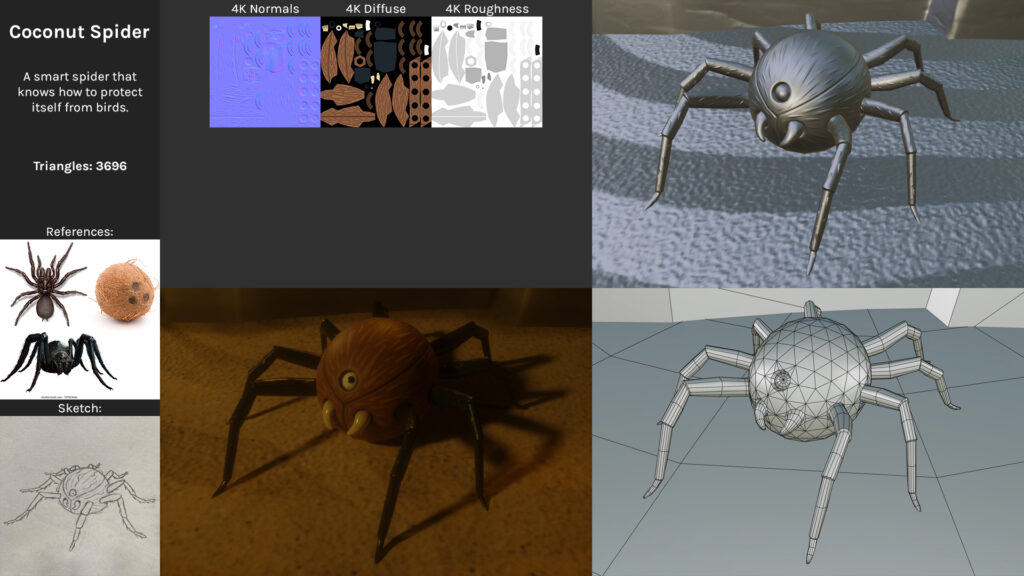
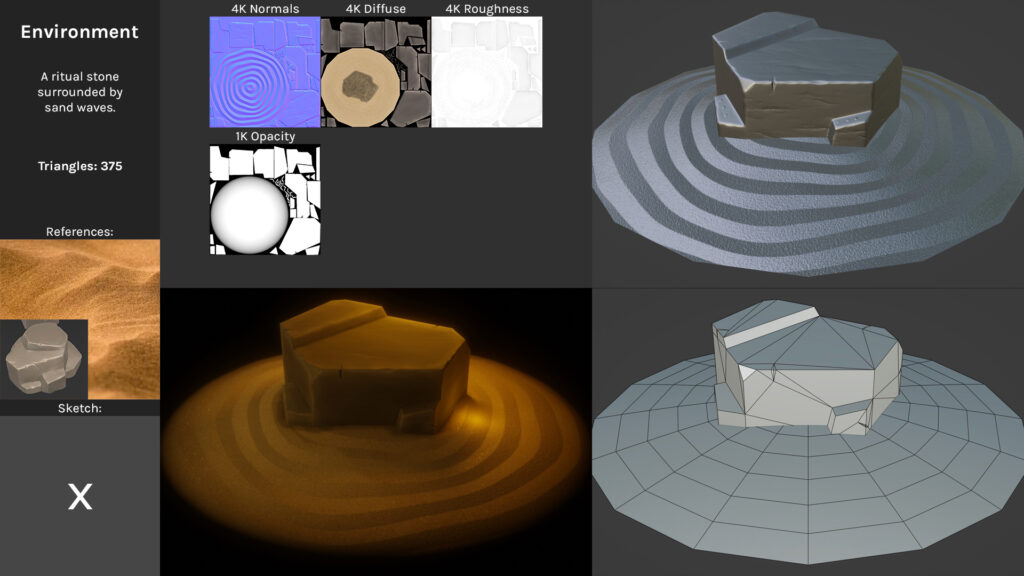
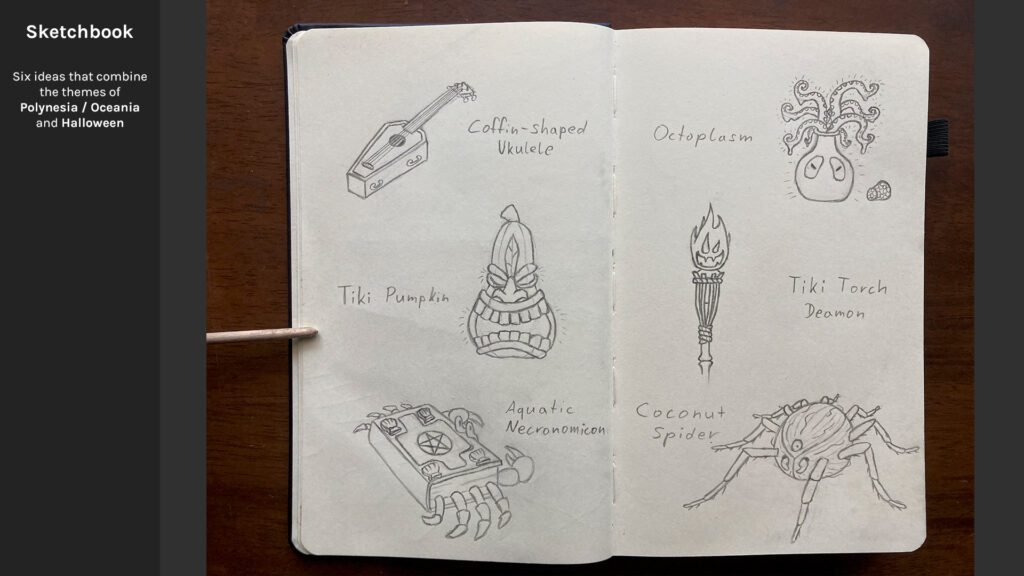
Oceanic Polynesian Halloween Scene (2021)
I asked myself, how would Polynesian Halloween props/creatures look like? I drew some ideas in my sketchbook in mid-October, then sculpted each asset and baked the high poly normals on top of the low poly versions. Finally, I set up the lighting and textured everything accordingly. Modeling/Sculpting, Normal Map Baking, Texturing and Rendering done in Blender. Additional Texturing and info slides done in Photoshop.
Software: Blender, Photoshop
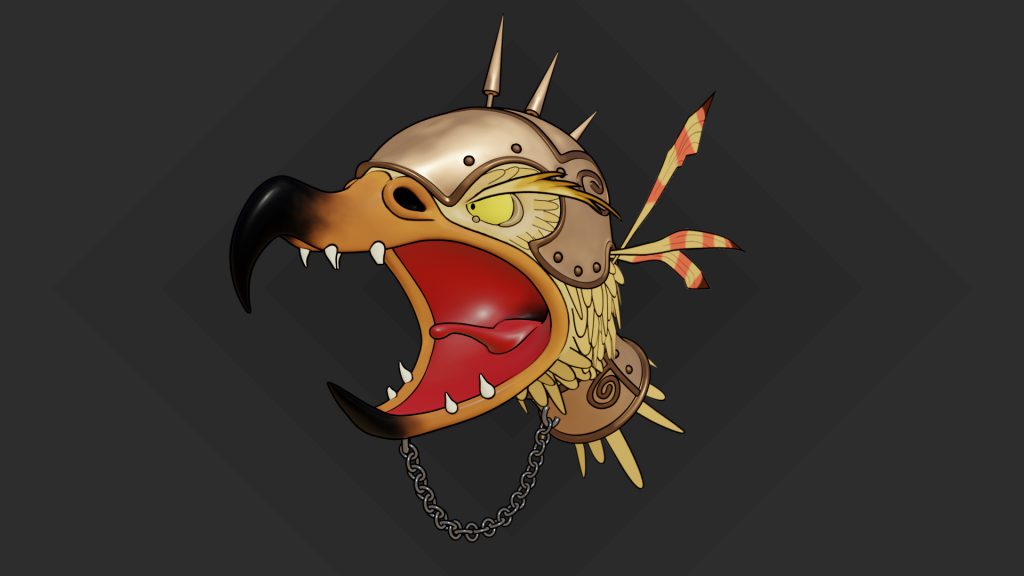
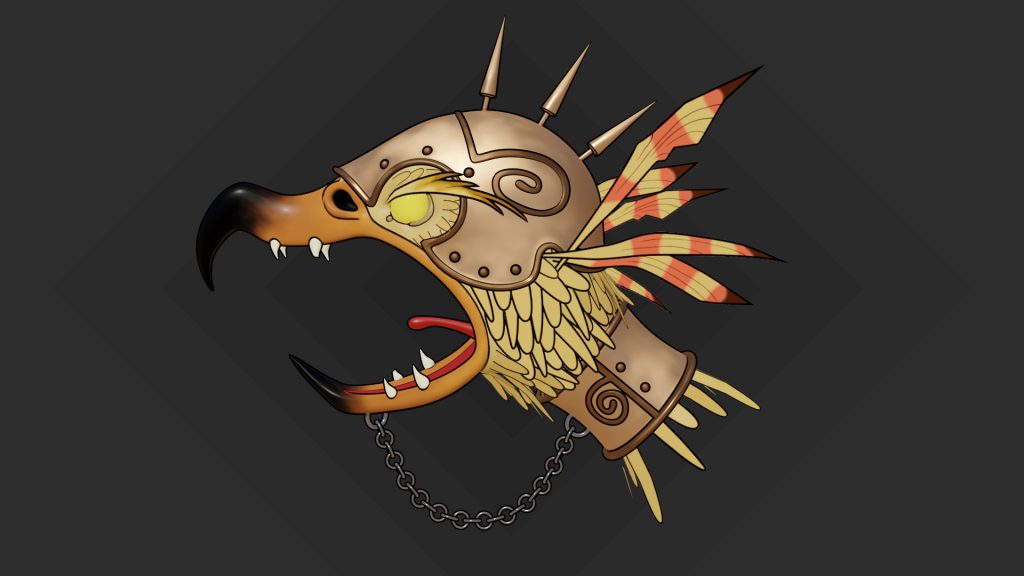
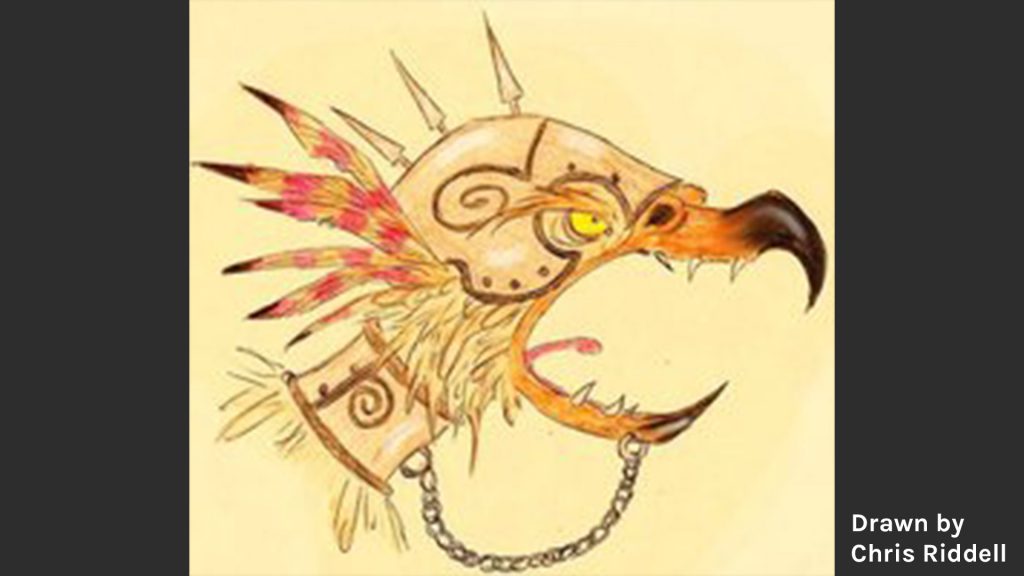
Shryke – The Edge Chronicles Fan Art (2021)
In contrast to my first fan art to The Edge Chronicles, the phraxmusket, I tried to translate the 2D art style of this drawing into 3D as good as possible. If there will ever be a film or game series based on The Edge Chronicles, this is how I imagine the art style could look like. The reference image is a drawing from the wonderful illustrator Chris Riddell, who drew this in the late 2000s, I think.
Software: Blender, Photoshop, Premiere Pro
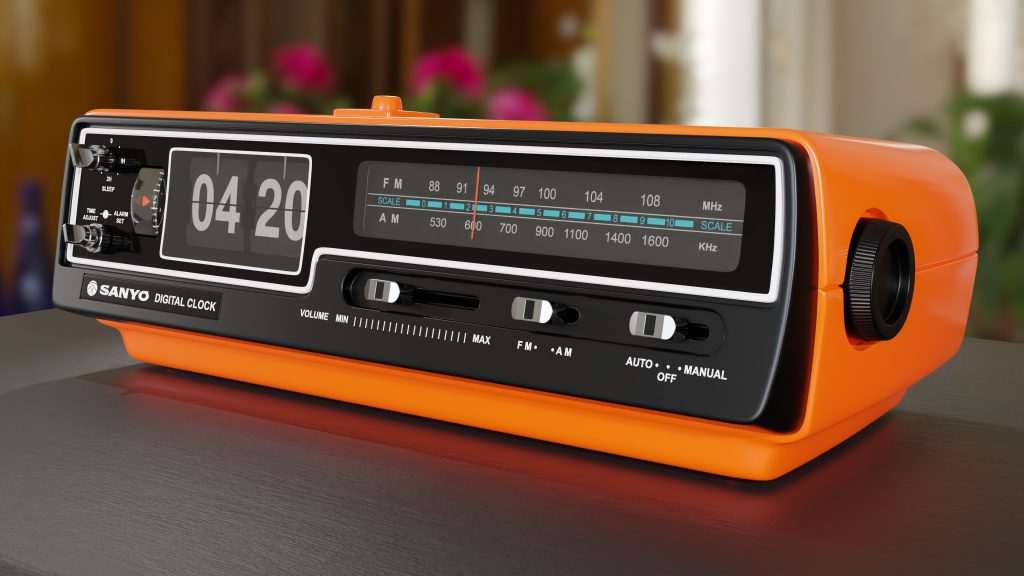

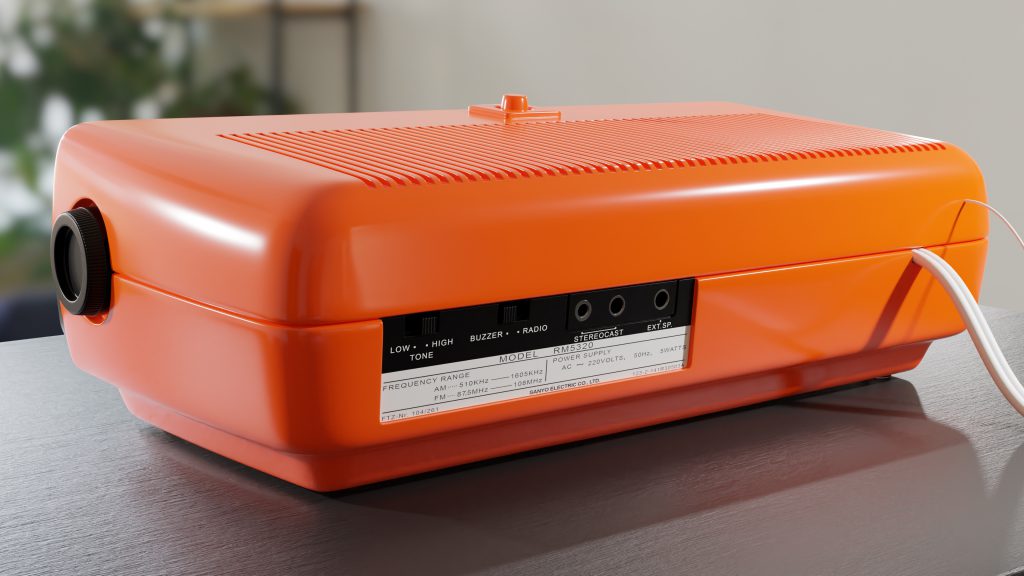
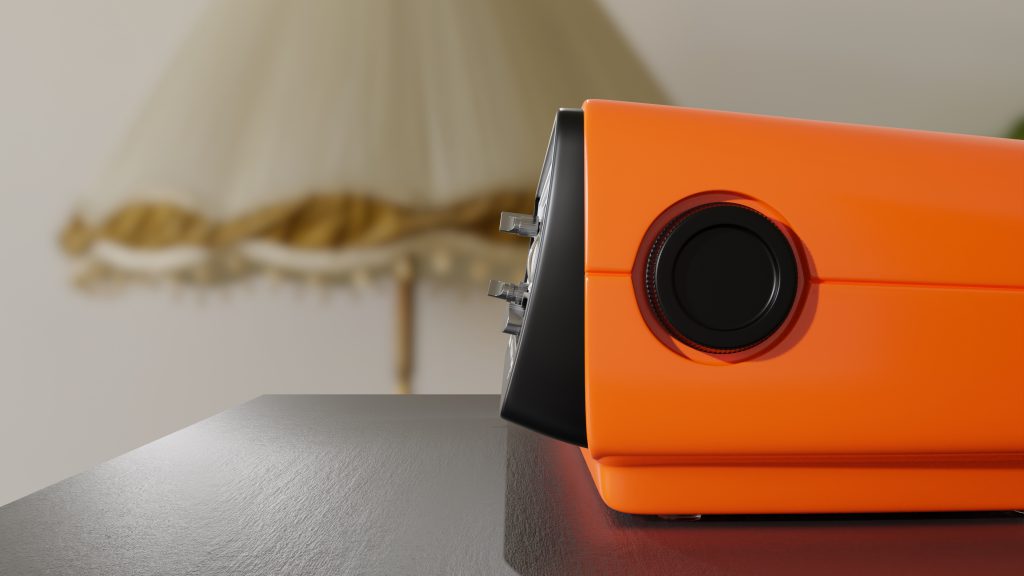
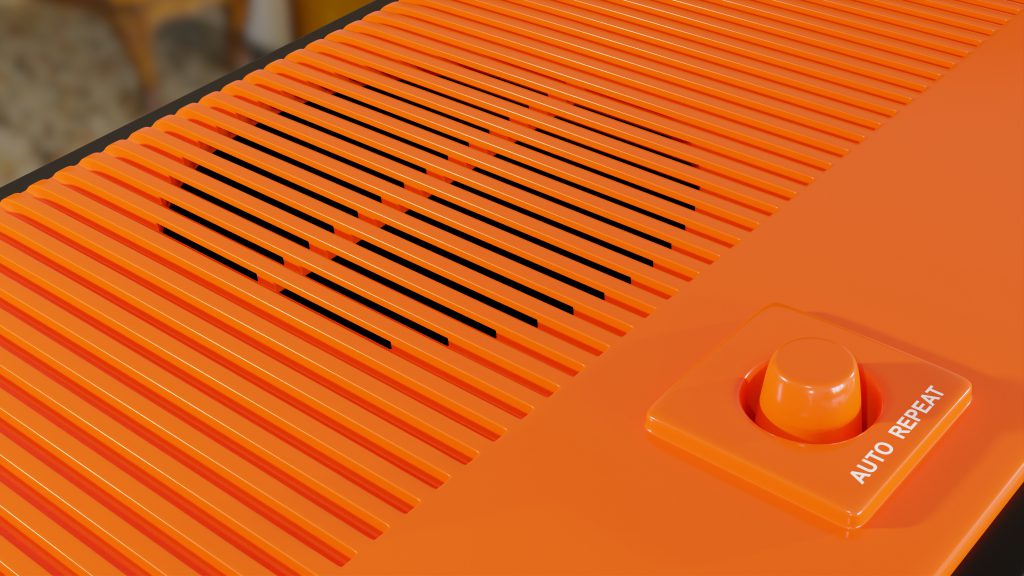
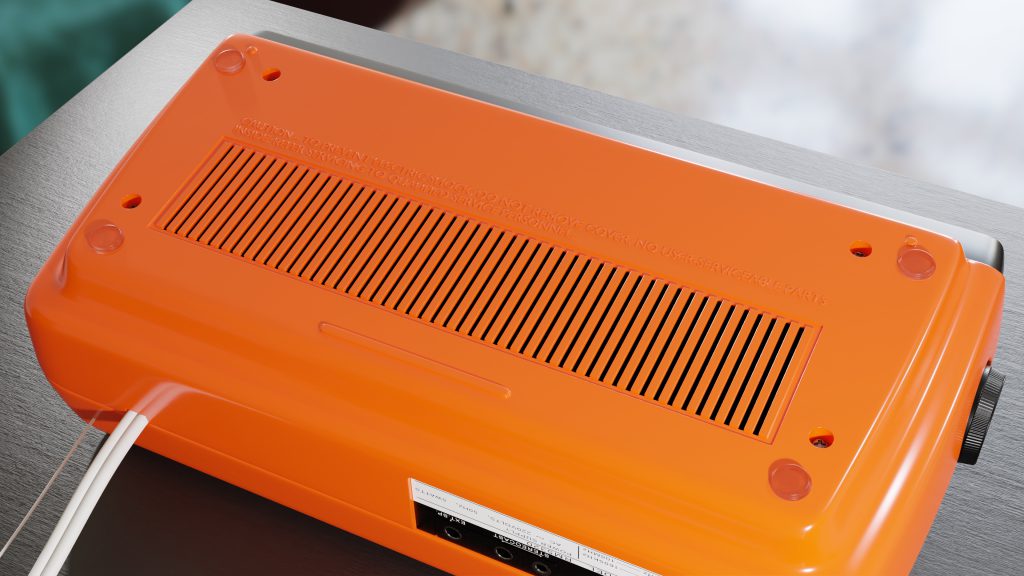
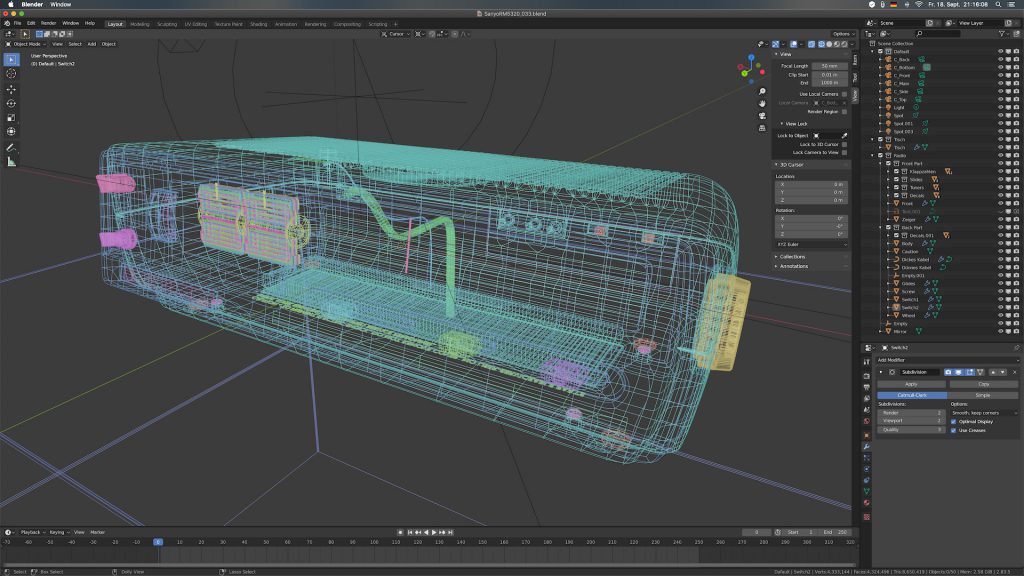
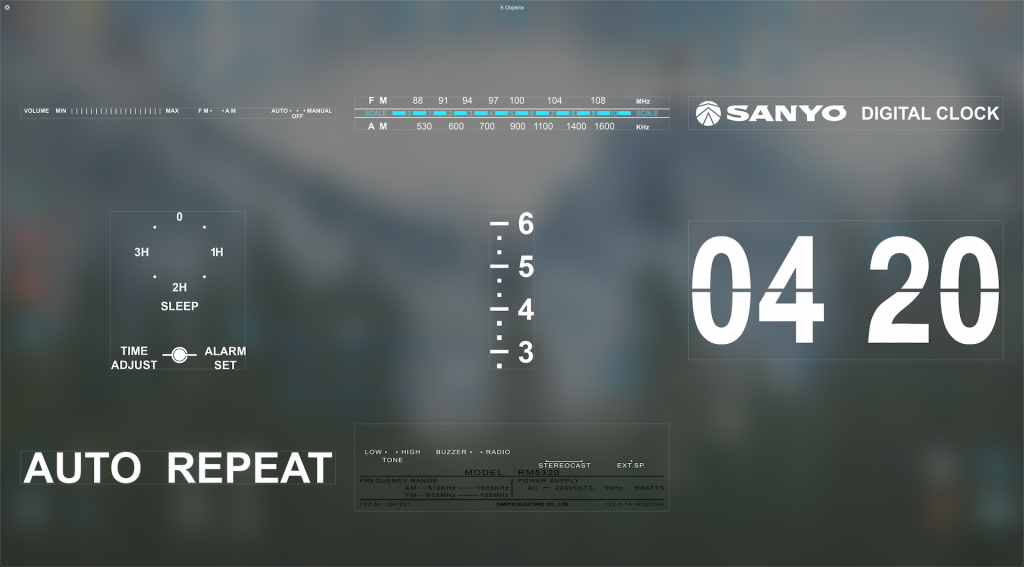

Sanyo RM 5320 (2020)
I wanted to learn some Hard Surface Modeling in Blender using the destructive workflow before getting used to plugins such as Box Cutter and Hard Ops. I chose to model this radio flip clock because of the interesting shapes and colors. It apparently dates from 1973. Credits: Reference video & HDRI from hdrihaven.com.
Software: Blender, Photoshop
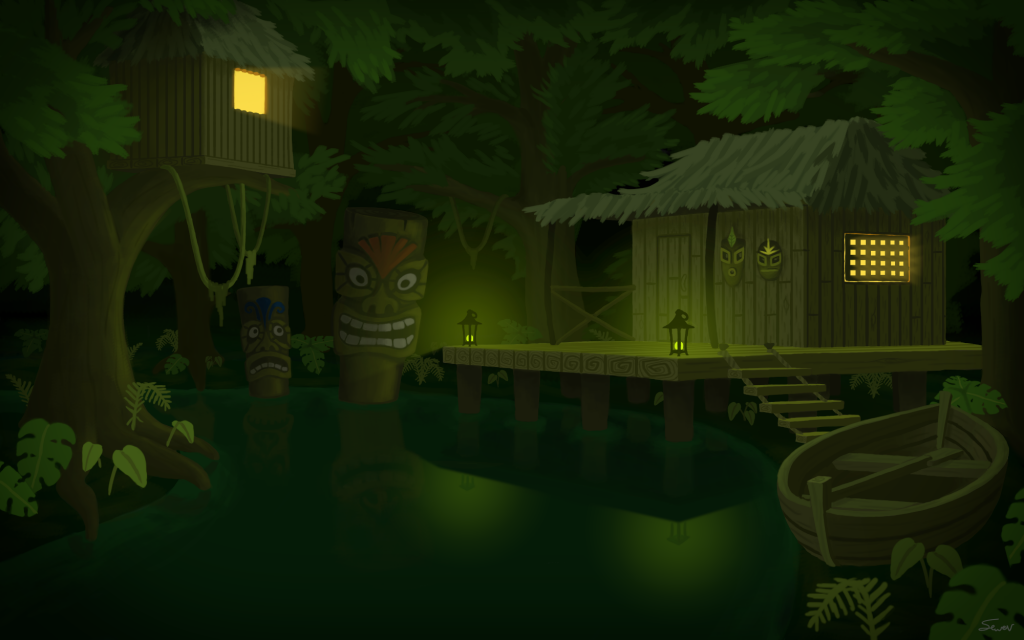

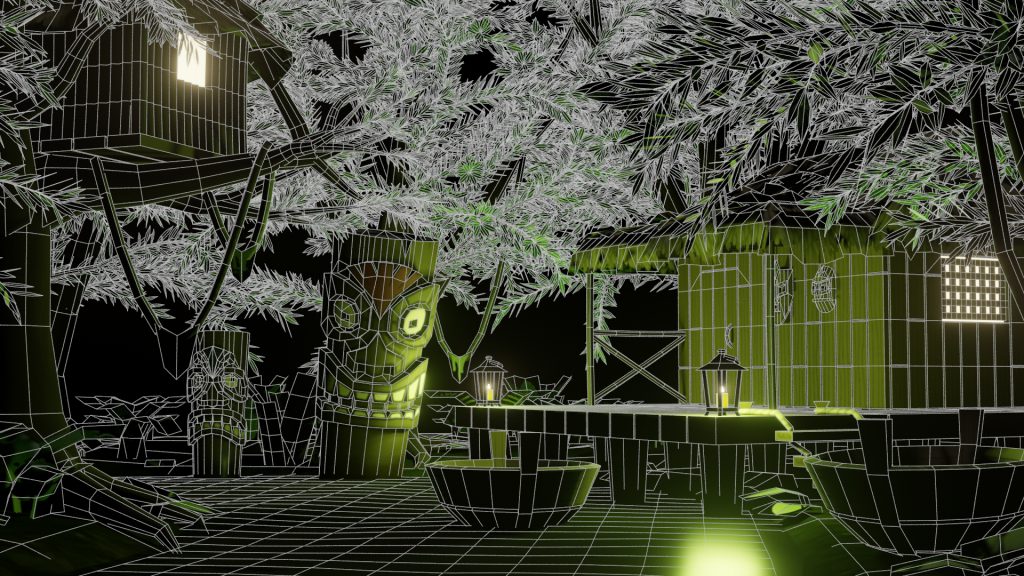
Tiki Jungle Diorama (bib 2020)
This was my final semester project at bib International College. For the concept I first did a sketch, which I turned into a 3D blockout. I went on to paint over the blockout and slowly added more details. The modeling task was done in parallel. Originally I had planned to upload it to Sketchfab, animated, but it didn’t work out that well, so I rendered this tracking shot animation over the past days.
Total render time: 40.5 hrs.
Average render time per frame: 2.7 min.
Software: Blender, Substance Painter, Photoshop, Premiere Pro
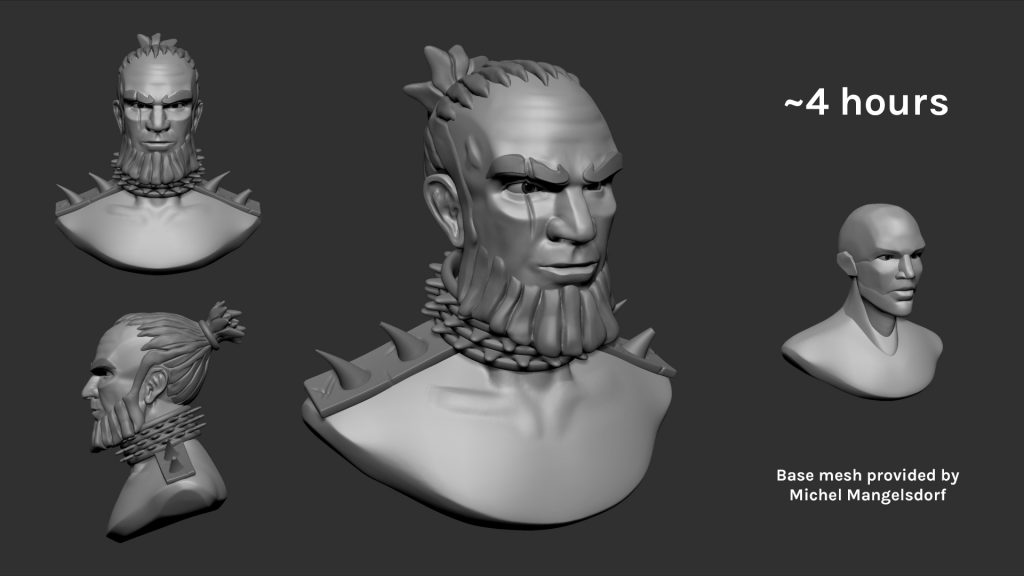
Barbarian Sculpting Exam (bib 2020)
The task was to sculpt a 55-year-old barbarian with battle marks and heavy neck jewelry, beside doing a separate head retopology with a fitting UV layout in Maya. The complete exam took 6 hours.
Software: ZBrush
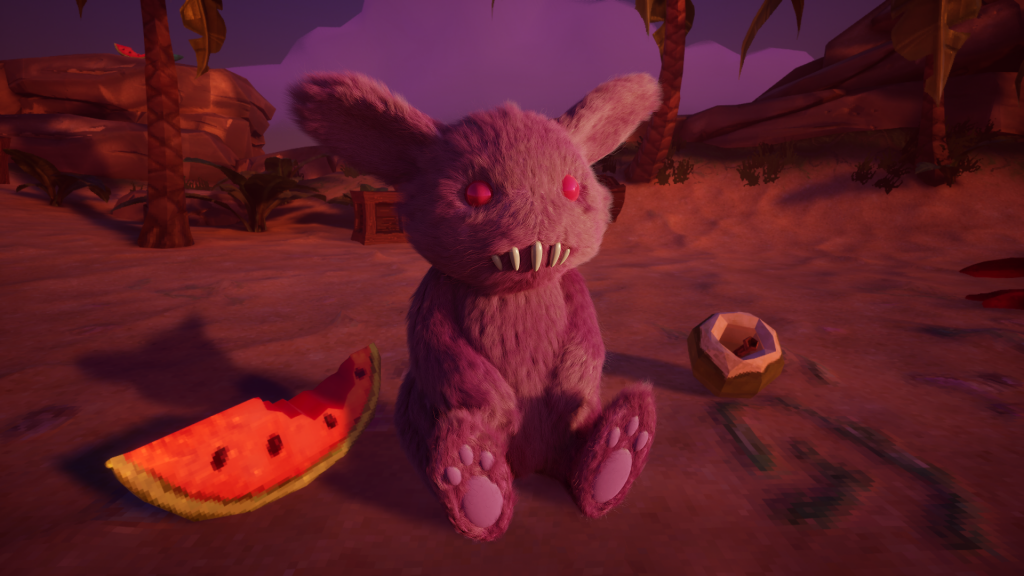
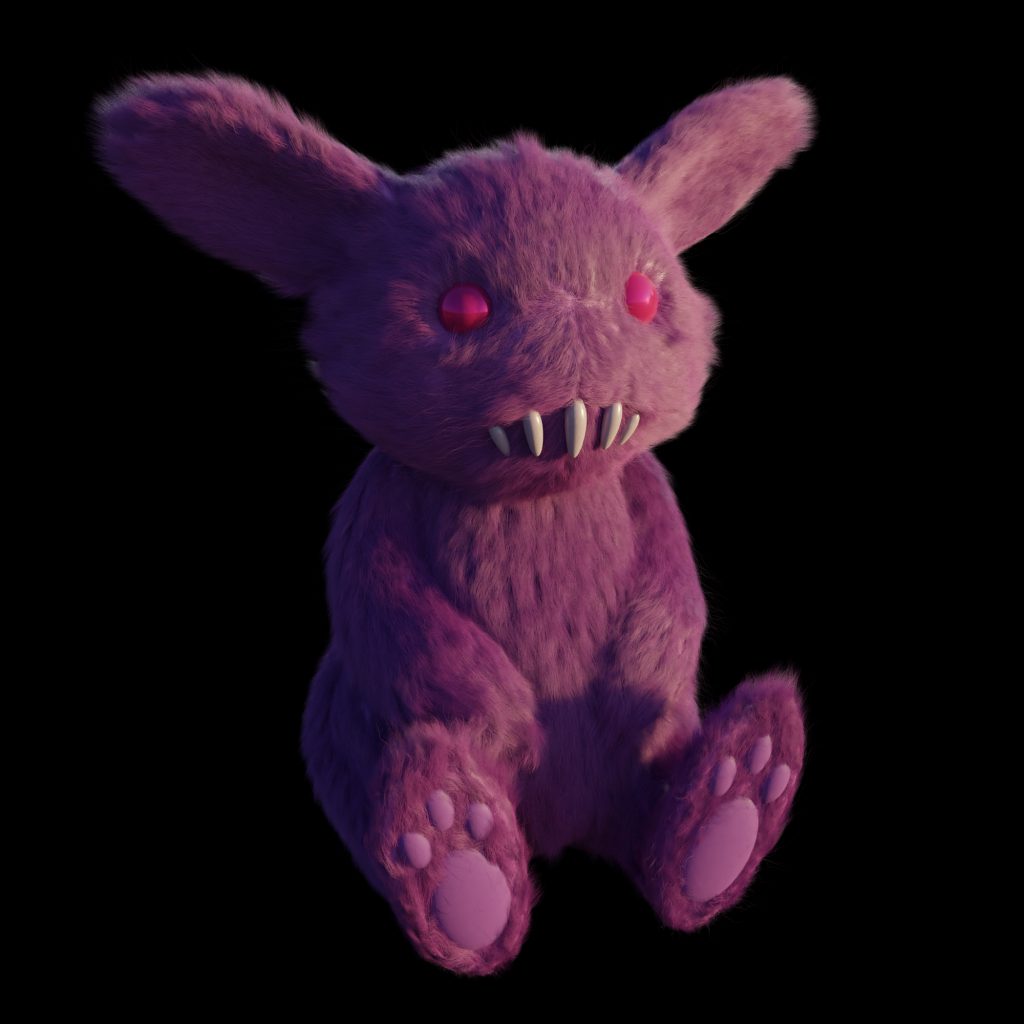
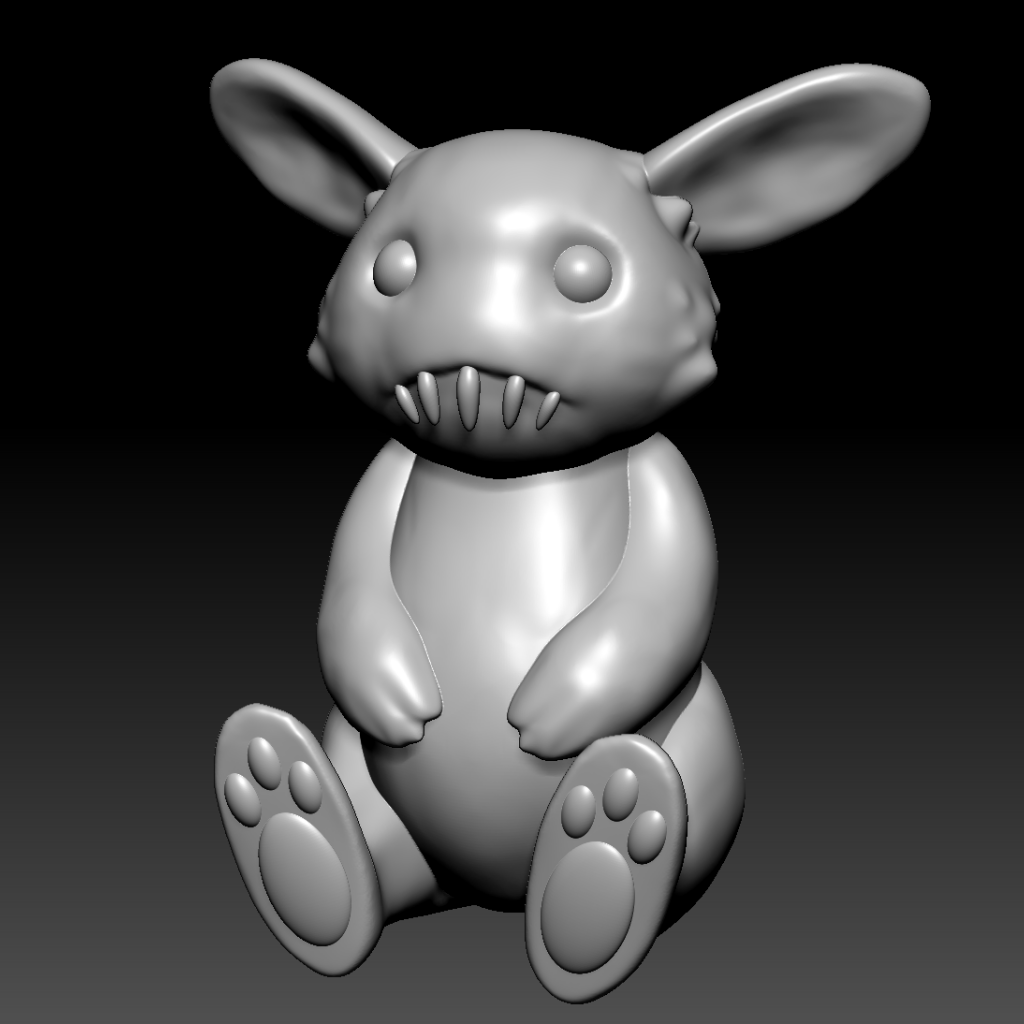
Luaq on Vacation – Witch It Fan Art (2020)
A personal project, through which I wanted to gain experience in Blender. The “Luaq” is a strange looking cat or rabbit creature, created by Tina Heitmann from Barrel Roll Games for the game Witch It. As a reference, I used this and this artwork from her. I started sculpting it in ZBrush and decimated the mesh, so I could export it to Blender. In Blender I gave the Luaq over 1 Mio. hair particles, which I groomed and finally did the rendering. The rendering took about 11 minutes.
A few months later I decided to give it a proper background (because blank backgrounds are boring) and so I went inside Witch It to take a screenshot on the Kula Kula Islands map. Compositing was done in Photoshop, but I realized that there was a rim light in the rendering, so I rerendered the Luaq in a different light setting. Consequently I corrected some furless spots, added a shadow and adjusted the colors.
Software: ZBrush, Blender
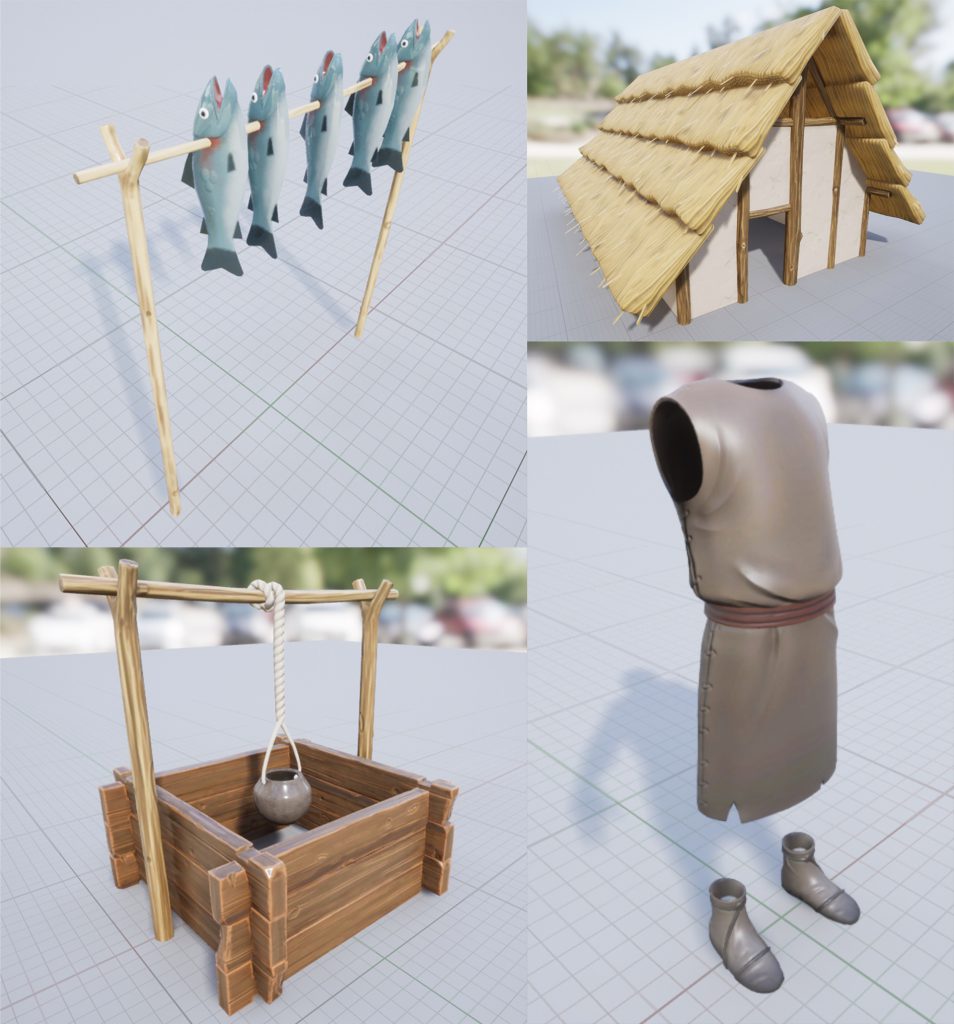


Internship Stuff (2020)
I worked together with Michel Mangelsdorf and three other interns on several yet undisclosed projects, including a VR experience for a museum and a casual pirate-themed mobile game for eight weeks. I made a Neolithic longhouse, a well, a fish dryer, clothes (male & female), palms, boulders, bushes and grasses.
Programs: ZBrush, Maya, Blender, Substance Painter, Unreal Engine, Unity
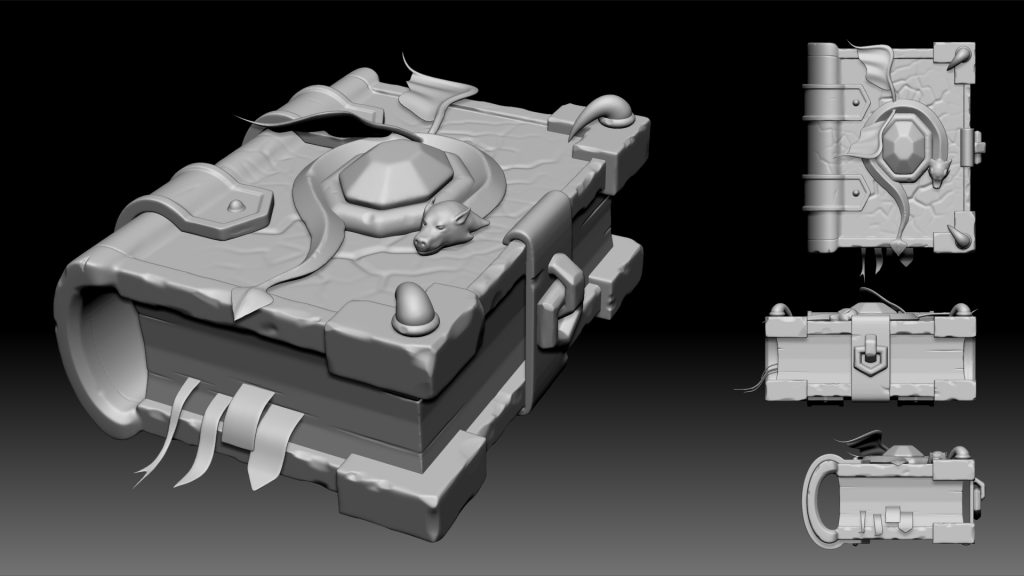
Sculpting Practice (bib 2019)
We practically worked with ZBrush for the first time at the beginning of the third semester and were tasked with sculping an item — we had agreed on a book — based on an existing concept. I first created a blockout in Maya, which I then processed further in ZBrush. This artwork served me as a reference.
Software: Maya, ZBrush, (PureRef)
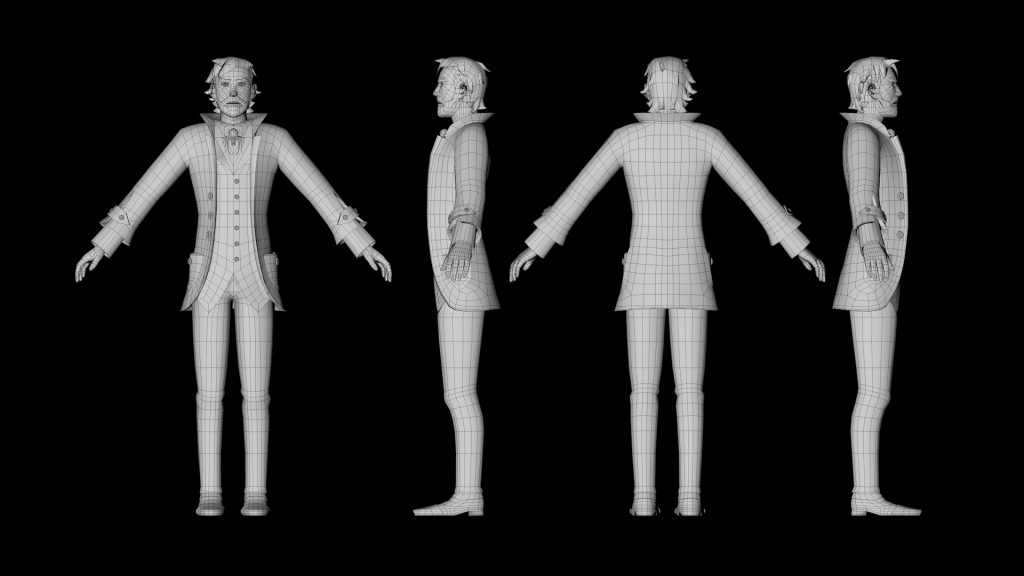

Character Modeling Project (bib 2019)
After we learned to deal with Maya in the 2nd semester, the task was to model our first own character. To do this, a character sheet should first be designed. My first character sheet was not original enough and I was advised against a long coat and beard, so I designed a completely different character over the Easter holidays. I then made a few changes in the modeling process until I was more or less satisfied with the result. The rendering for the portfolio was a problem for me. We didn’t know how to render in Maya until recently, but the biggest problem was program bugs. Maya kept crashing and an outdated version of the Arnold plugin was running under 3ds Max, which could not display quads in wireframe rendering. Finally, I rendered the character in Cinema 4D at home, which was amazingly quick and easy.
Software: Maya, Photoshop, (Cinema 4D)
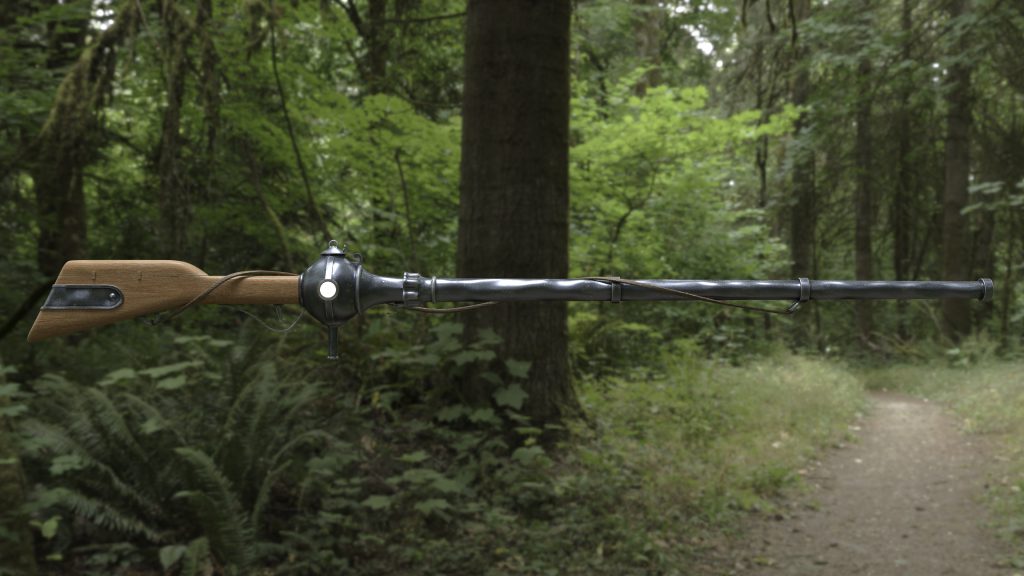







Phraxmusket – The Edge Chronicles Fan Art (bib 2019)
A high-poly modeling project from the 2nd semester. I chose the phraxmusket, a weapon of the Third Age of Flight in The Edge Chronicles. In preparation for the modeling task, I first photographed all of the references from the books that I could find and edited the cover of the book “The Immortals” in Photoshop, on which the phraxmusket is colored, to set it free. Thereupon I created a rough template for the weapon, which was more suited as a modeling sheet than the slightly bent original. In 3ds Max I then worked with the OpenSubdiv modifier and created shaders for the individual parts. I used HDRIs from hdrihaven.com for the renderings.
Software: 3ds Max, Arnold Renderer Plugin, Photoshop


Suji Bachi Kabuto (bib 2019)
A low-poly modeling project from the 1st semester. The task was to model and texture a helmet of our choice. This helmet served me as a reference.
Software: 3ds Max, Photoshop, (Sketchfab)
